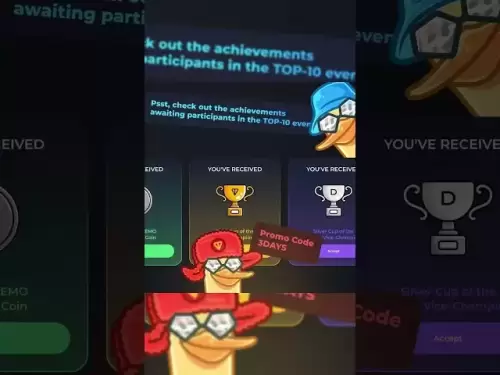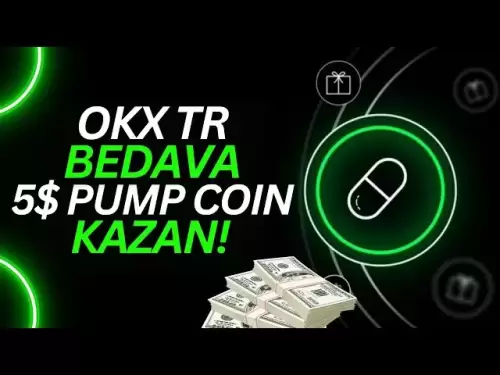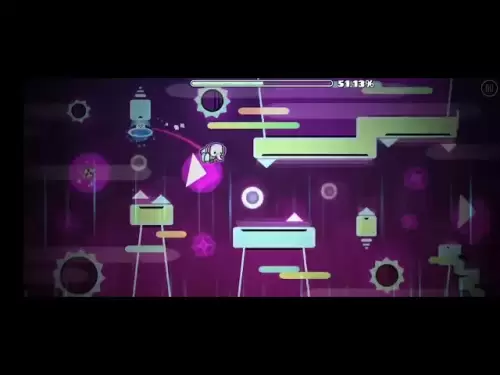-
 Bitcoin
Bitcoin $117400
-0.46% -
 Ethereum
Ethereum $3768
0.60% -
 XRP
XRP $3.551
2.09% -
 Tether USDt
Tether USDt $1.000
0.00% -
 Solana
Solana $203.2
11.30% -
 BNB
BNB $770.9
1.92% -
 USDC
USDC $0.9999
0.01% -
 Dogecoin
Dogecoin $0.2709
-0.02% -
 Cardano
Cardano $0.9024
4.49% -
 TRON
TRON $0.3139
0.60% -
 Hyperliquid
Hyperliquid $45.60
-1.41% -
 Stellar
Stellar $0.4730
-1.34% -
 Sui
Sui $4.025
2.15% -
 Chainlink
Chainlink $19.79
2.19% -
 Hedera
Hedera $0.2724
-2.39% -
 Avalanche
Avalanche $25.93
3.05% -
 Bitcoin Cash
Bitcoin Cash $524.0
-1.83% -
 Shiba Inu
Shiba Inu $0.00001558
0.50% -
 Litecoin
Litecoin $116.7
-0.30% -
 UNUS SED LEO
UNUS SED LEO $8.996
0.00% -
 Toncoin
Toncoin $3.334
1.83% -
 Polkadot
Polkadot $4.506
0.34% -
 Uniswap
Uniswap $10.99
4.83% -
 Ethena USDe
Ethena USDe $1.001
0.03% -
 Pepe
Pepe $0.00001461
3.17% -
 Monero
Monero $320.3
-1.01% -
 Bitget Token
Bitget Token $4.935
0.36% -
 Dai
Dai $0.9998
0.00% -
 Aave
Aave $322.4
-1.25% -
 Bittensor
Bittensor $455.6
9.33%
How to create a DAO with a smart contract?
A DAO operates autonomously via smart contracts on blockchains like Ethereum, enabling decentralized governance and transparent decision-making.
Jul 21, 2025 at 08:08 pm
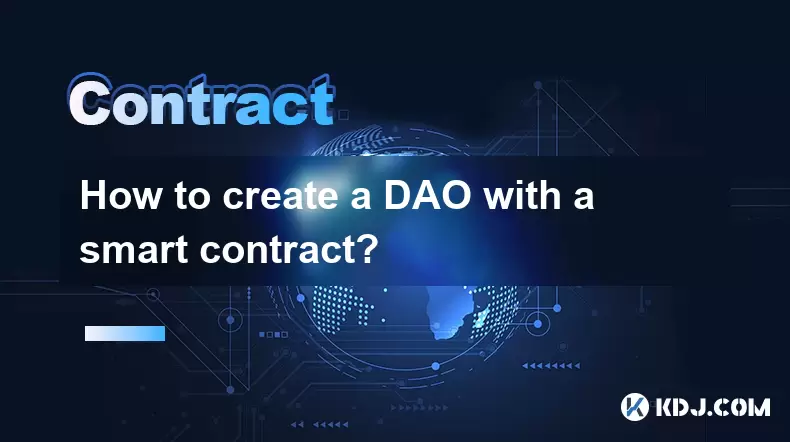
Understanding the Concept of a DAO
A Decentralized Autonomous Organization (DAO) operates without centralized leadership, relying on smart contracts to enforce rules and execute decisions. These smart contracts are self-executing protocols that run on blockchain platforms like Ethereum. To create a DAO, you must first understand how governance, voting, and fund management work within such a system. Unlike traditional organizations, a DAO is governed by its members, who typically hold tokens representing voting power. The smart contract acts as the backbone, ensuring transparency and immutability in all operations.
Selecting the Right Blockchain Platform
Before deploying a smart contract, it's essential to choose a suitable blockchain. Ethereum is the most popular platform for DAO development due to its mature ecosystem and robust support for ERC-20 and ERC-721 token standards. Other platforms like Binance Smart Chain, Polygon, and Avalanche are also viable options, depending on your scalability and cost requirements. Consider the following factors when selecting a platform:
- Transaction fees (gas costs)
- Smart contract development tools
- Community and developer support
- Security audits and existing DAO frameworks
Each platform has its own set of tools and libraries, which can significantly impact the ease of DAO creation.
Designing the Governance Model
The governance model defines how decisions are made within the DAO. This includes:
- Token-based voting: Members vote based on the number of tokens they hold.
- Quorum requirements: A minimum number of votes needed to validate a proposal.
- Proposal execution: Conditions under which a proposal becomes active.
You must define these rules in the smart contract. For instance, you may set a quorum of 50% and require 60% approval for a proposal to pass. These parameters can be hardcoded or made upgradable through governance votes, depending on your flexibility needs.
Writing the Smart Contract Code
Writing the smart contract requires proficiency in Solidity (for Ethereum-based projects) or other relevant languages. The contract should include the following core components:
- Token creation: Define the governance token and its distribution.
- Proposal struct: Store proposal details like description, voting deadline, and status.
- Voting logic: Implement functions to cast votes and tally results.
- Execution mechanism: Allow approved proposals to trigger actions.
Here’s a simplified example of defining a proposal in Solidity:
struct Proposal {string description;
uint256 voteCount;
bool executed;
mapping(address => bool) voters;
}
Each function must be thoroughly tested to prevent vulnerabilities like reentrancy attacks or incorrect vote counting.
Deploying and Testing the Smart Contract
Once the smart contract is written, it must be deployed to the chosen blockchain. Use tools like Remix IDE, Truffle, or Hardhat for deployment. After deployment, it's crucial to test the contract using:
- Local blockchain (e.g., Ganache)
- Testnet (e.g., Ropsten or Goerli)
- Automated testing frameworks
Testing should simulate real-world scenarios such as:
- Submitting a proposal
- Voting for or against it
- Checking quorum and execution conditions
Ensure that all edge cases are covered, including expired proposals and multiple simultaneous votes.
Setting Up the Frontend Interface
While the smart contract handles the backend logic, users interact with the DAO through a frontend interface. This can be a web or mobile app built using frameworks like React, Vue.js, or DApp libraries like Web3.js or ethers.js. Key features to implement include:
- Wallet connection (e.g., MetaMask integration)
- Proposal creation and viewing
- Voting interface
- Dashboard for tracking governance activity
The frontend should clearly display proposal statuses, voting timelines, and member participation to ensure transparency.
Launching and Maintaining the DAO
After successful testing, the DAO can be launched on the mainnet. Key steps include:
- Distributing governance tokens to initial members
- Announcing the first governance proposal
- Monitoring contract interactions for any anomalies
Ongoing maintenance involves:
- Updating contract logic (if upgradable)
- Conducting regular audits
- Engaging the community for active participation
Community engagement is vital for the DAO’s success, as low participation can lead to governance stagnation or manipulation by large token holders.
Frequently Asked Questions
Q1: Can I modify the smart contract after deployment?
Yes, but it depends on whether the contract was designed as upgradable. If not, changes require redeploying the contract and migrating data, which can be complex and risky.
Q2: How do I handle disputes within the DAO?
Disputes are resolved through the governance process. Members can submit counter-proposals or initiate formal discussions in community forums before voting.
Q3: Is it possible to create a DAO without coding experience?
Yes, platforms like Aragon, DAOstack, and Snapshot offer no-code solutions for DAO creation. However, custom features may still require developer assistance.
Q4: What are the legal implications of running a DAO?
Legal status varies by jurisdiction. Some countries recognize DAOs as legal entities, while others impose restrictions. Consult legal experts to ensure compliance with local regulations.
Disclaimer:info@kdj.com
The information provided is not trading advice. kdj.com does not assume any responsibility for any investments made based on the information provided in this article. Cryptocurrencies are highly volatile and it is highly recommended that you invest with caution after thorough research!
If you believe that the content used on this website infringes your copyright, please contact us immediately (info@kdj.com) and we will delete it promptly.
- MoonBull's Whitelist Mania: Your Last Shot at 100x Crypto Gains?
- 2025-07-22 10:30:12
- Meme Coins in 2025: Explosive Gains or Fading Fad?
- 2025-07-22 10:30:12
- Kim Keon-hee Crypto Probe: Scandal Rocks South Korea's Political Scene
- 2025-07-22 10:50:12
- ETH Holders in Profit: Value Surge Fuels Bullish Sentiment
- 2025-07-22 09:30:13
- NEAR Protocol's AI Leap: Double-Digit Gains and Future Potential
- 2025-07-22 09:30:13
- Cryptos, Meme Coins, Buy Now: Riding the Wave of Hype
- 2025-07-22 08:30:13
Related knowledge
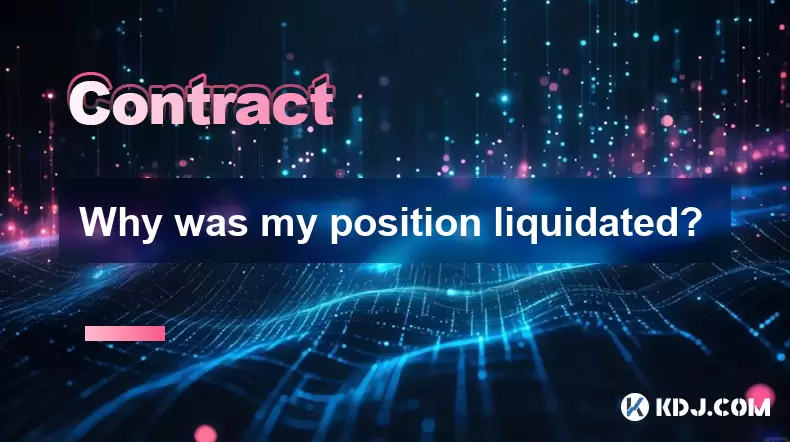
Why was my position liquidated?
Jul 22,2025 at 12:07pm
Understanding Liquidation in Crypto TradingLiquidation in cryptocurrency trading occurs when your position is automatically closed by the exchange due...
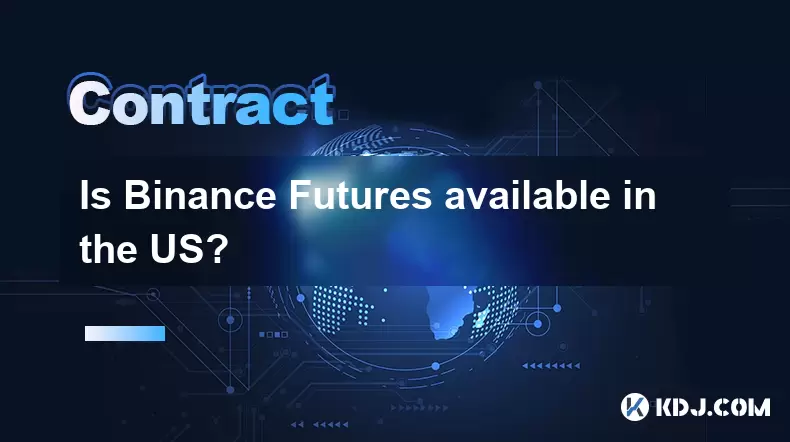
Is Binance Futures available in the US?
Jul 22,2025 at 11:42am
Understanding Binance Futures and Its Global ReachBinance Futures is a derivatives trading platform offered by Binance, one of the world’s largest cry...

What is a maker vs a taker fee?
Jul 19,2025 at 01:14am
Understanding the Basics of Cryptocurrency Exchange FeesIn the world of cryptocurrency trading, maker vs taker fees are a fundamental concept that eve...
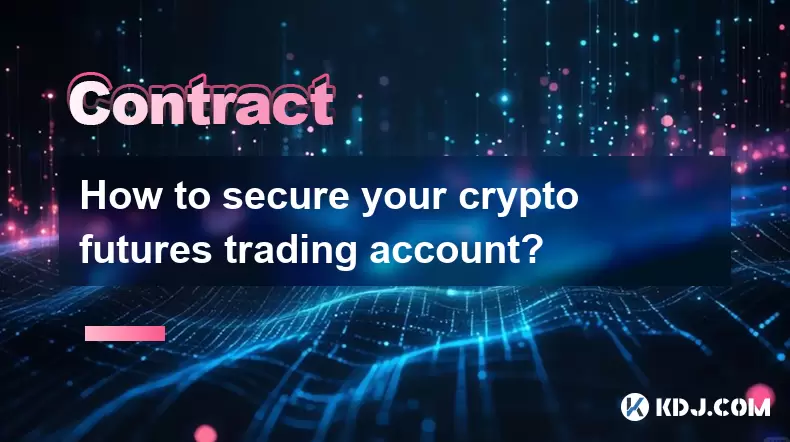
How to secure your crypto futures trading account?
Jul 21,2025 at 11:42pm
Understanding the Risks in Crypto Futures TradingCrypto futures trading involves significant risks due to market volatility and leverage. Your trading...
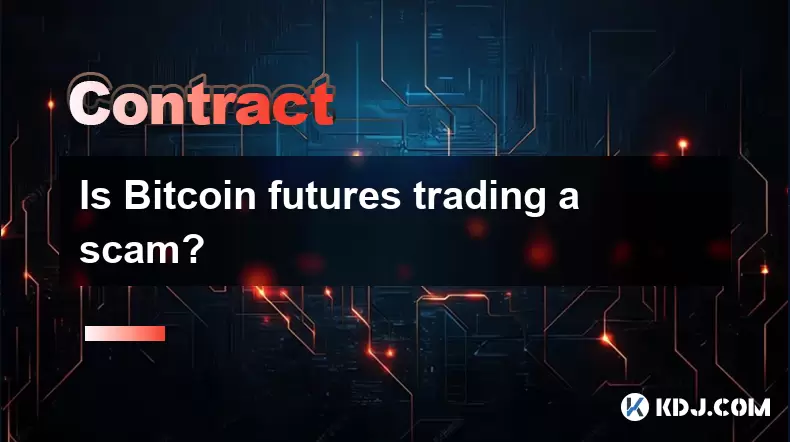
Is Bitcoin futures trading a scam?
Jul 22,2025 at 01:42am
Understanding Bitcoin Futures TradingBitcoin futures trading refers to the process of buying and selling contracts that derive their value from the fu...

How to analyze Bitcoin futures data from CME?
Jul 19,2025 at 05:22pm
Understanding Bitcoin Futures on CMEBitcoin futures on the CME Group (Chicago Mercantile Exchange) represent a regulated financial instrument that all...

Why was my position liquidated?
Jul 22,2025 at 12:07pm
Understanding Liquidation in Crypto TradingLiquidation in cryptocurrency trading occurs when your position is automatically closed by the exchange due...

Is Binance Futures available in the US?
Jul 22,2025 at 11:42am
Understanding Binance Futures and Its Global ReachBinance Futures is a derivatives trading platform offered by Binance, one of the world’s largest cry...

What is a maker vs a taker fee?
Jul 19,2025 at 01:14am
Understanding the Basics of Cryptocurrency Exchange FeesIn the world of cryptocurrency trading, maker vs taker fees are a fundamental concept that eve...

How to secure your crypto futures trading account?
Jul 21,2025 at 11:42pm
Understanding the Risks in Crypto Futures TradingCrypto futures trading involves significant risks due to market volatility and leverage. Your trading...

Is Bitcoin futures trading a scam?
Jul 22,2025 at 01:42am
Understanding Bitcoin Futures TradingBitcoin futures trading refers to the process of buying and selling contracts that derive their value from the fu...

How to analyze Bitcoin futures data from CME?
Jul 19,2025 at 05:22pm
Understanding Bitcoin Futures on CMEBitcoin futures on the CME Group (Chicago Mercantile Exchange) represent a regulated financial instrument that all...
See all articles
























